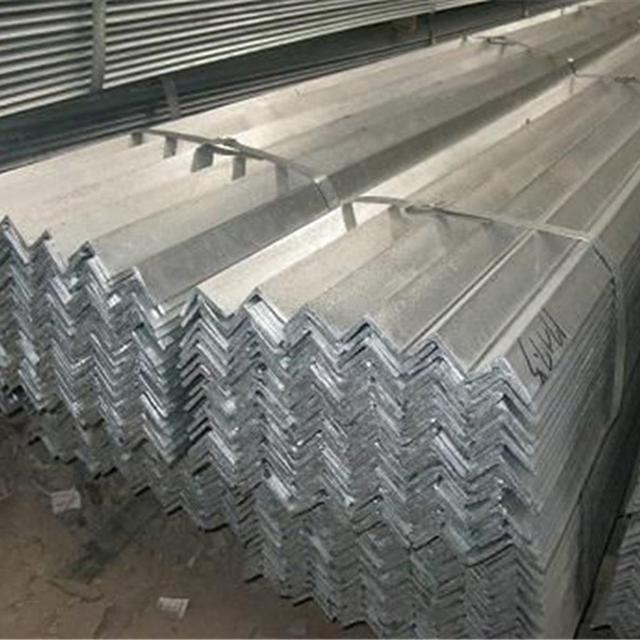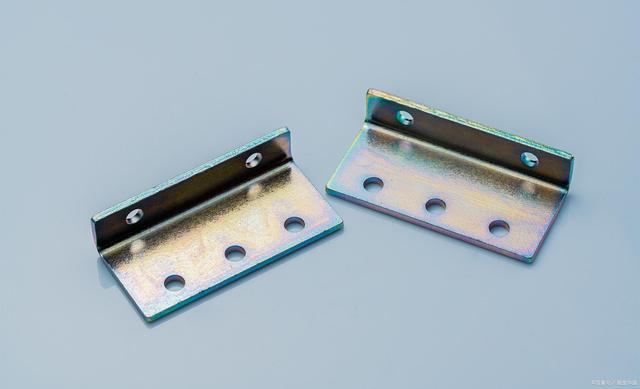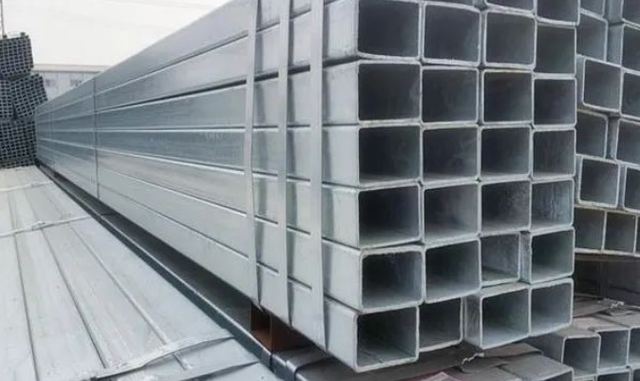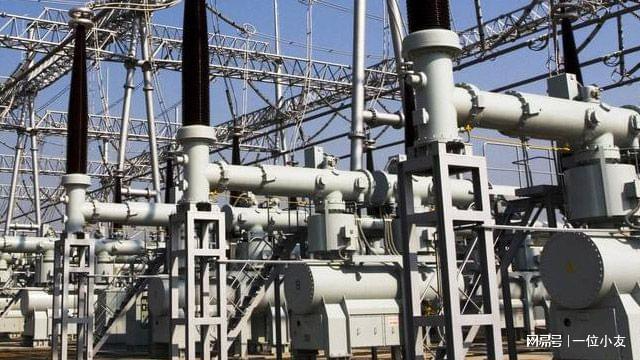It is also known as tinplate, which has good surface corrosion resistance and can prevent tinplate from entering the picture. It is also known as tinplate, which has good tinplate surface and good corrosion resistance. It is mainly used in food canning industry, followed by chemical paint, oil, medicine and other packaging materials. Tinplate can be divided into hot-dip tinplate and electroplated tinplate according to the production process.
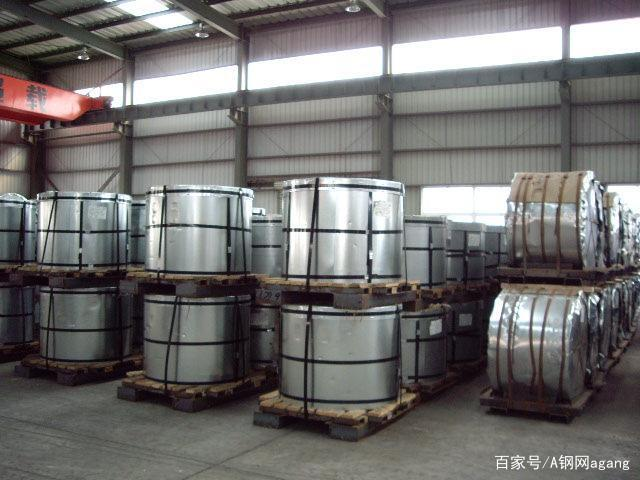
This kind of plated steel plate has long been called "tinplate" in China. Some people believe that it was called "tinplate" because the tinplate used to make cans was imported from Macao. There are other claims. For example, China used to use this tinned sheet to make the lamp cap of kerosene lamp, which is shaped like a horsemouth, so it is called "tinplate". The name "tinplate" is not accurate. Therefore, it was renamed tinplate at the 1973 China tinplate conference, and the name "tinplate" is no longer used in official documents.
(1) Non toxic, the tin layer itself is harmless to human body, and it is very safe to make food packaging.
(2) Beautiful appearance, easy to paint and print.
(3) Tin itself has good corrosion resistance and protects the matrix from corrosion.
(4) Good solderability, easy to make into containers.
(5) Tin has good ductility and lubricity and can withstand harsh processing.
(6) The tin layer is soft, and the tin coating will not crack or fall off.
(7) Without special chemical treatment, it is easy to oxidize and change color in the air. Moreover, in special foods, black change occurs due to sulfur change.
Characteristics of tinplate
Hot dip tin plate: the tin plate obtained by continuous immersion through hot dip. Due to the high price of tin (20-30 times that of iron), the tin layer obtained by hot dip is thicker, so this process is rarely used.
Electroplated tin plate: cold rolled steel strip with tin coating on both sides obtained through continuous electroplating operation.
Difference thickness tinplate: Tinplate with different weight tin coating on both sides.
One time cold rolling: the substrate is thinned by cold rolling to obtain the required thickness, and then annealed and flattened.
Secondary cold rolling: the substrate is rolled back and leveled after one cold rolling, and then cold rolled and thinned with a large reduction.
Bell annealing: the process of annealing cold-rolled steel strip in a tight state according to the set time and temperature cycle in a controlled atmosphere.
Continuous annealing: the process of annealing the cold-rolled steel strip in the expanded state according to the set time and temperature cycle in the controlled atmosphere.
Brand
(1) The brand of tinplate for general purpose is usually composed of substrate type, quenching and tempering degree code and annealing method, such as Mr t-2.5 Ca / L T-3 BA / MR dr-8 ca
(2) The base plate is made of di-5 and D-5 steel plates, which are only applicable to the two types of annealing base plate, such as di-d
(3) Tinplate (k plate) used to make plain food cans containing acidic contents (tinning amount of more than 5.6 / 2.5 / ㎡). The base plate type is usually l steel, and its brand is usually composed of base plate type L, quenching and tempering degree code, annealing method and code K, such as l t-2.5 CA K
(4) It is used to make tinplate containing food cans requiring low chromium passivation treatment. The substrate type is usually l steel, and its brand is composed of substrate type L, quenching and tempering degree code, annealing method and surface treatment method code LCR, such as l t-2.5 CA LCR


